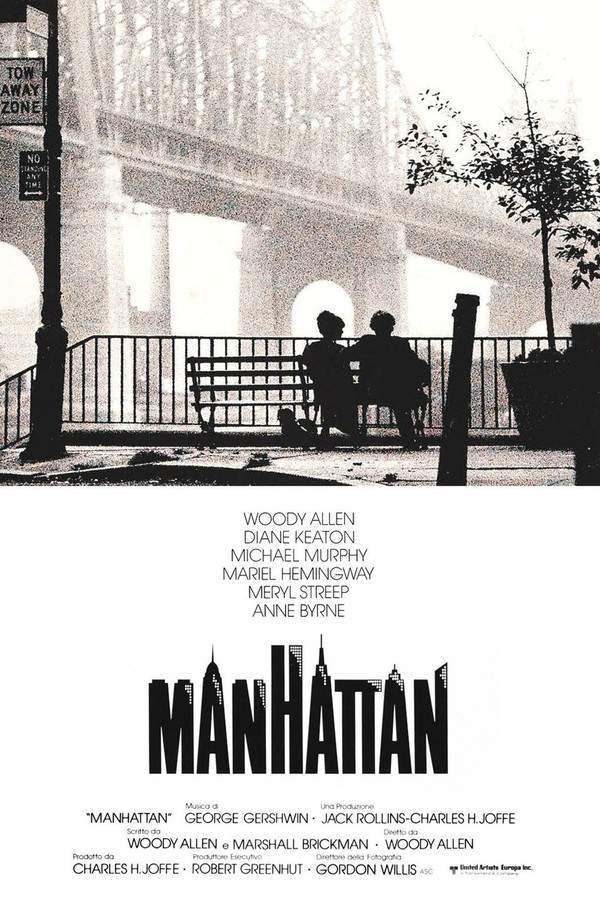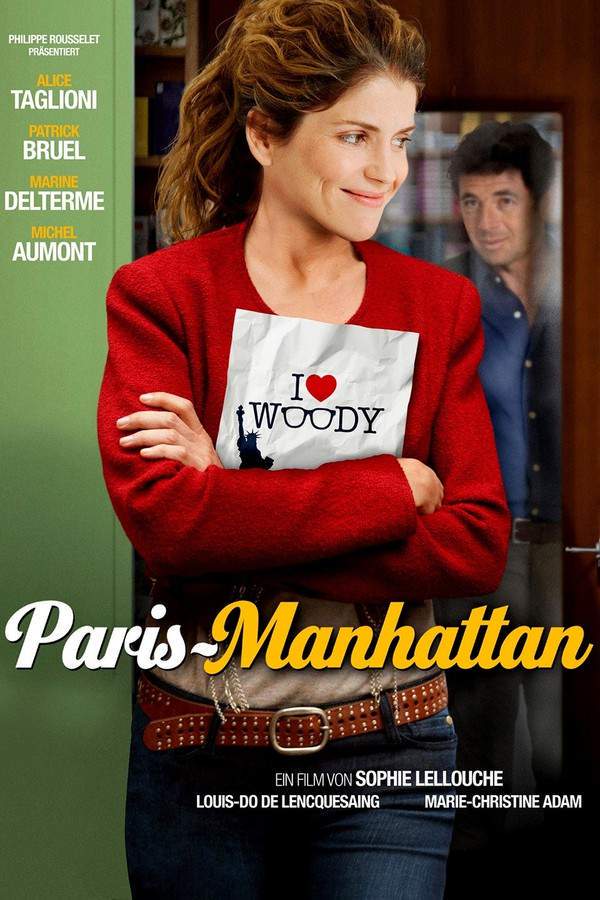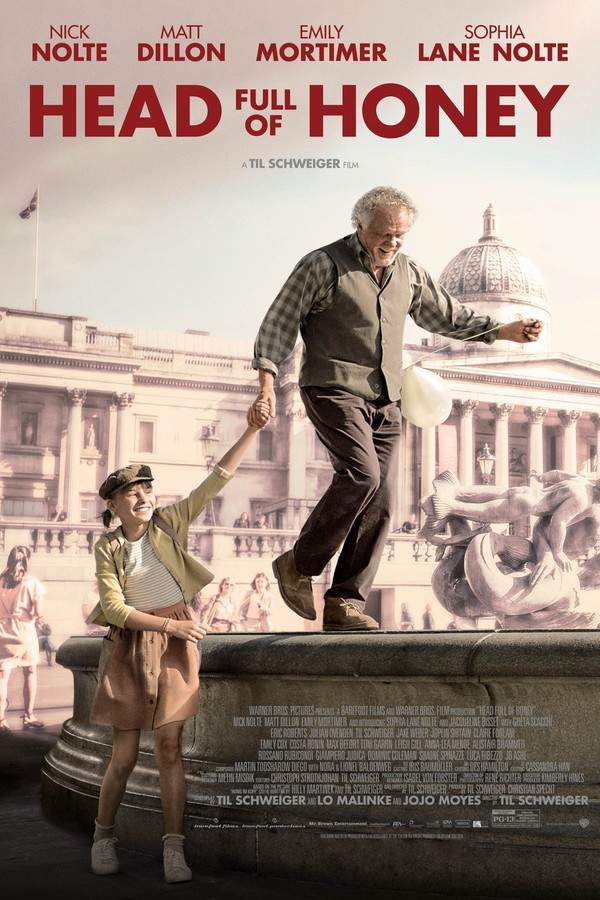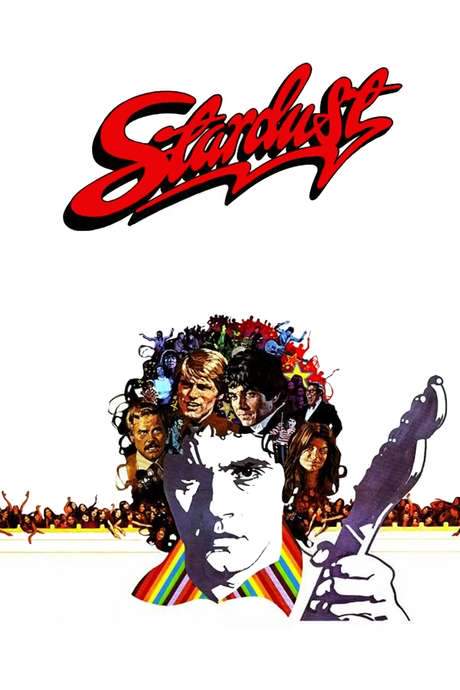
Stardust Memories
Year: 1980
Runtime: 89 mins
Language: English
Budget: $10M
Woody Allen in his most amusing and witty effort! While attending a retrospect of his work, a filmmaker recalls his life and his loves: the inspirations for his films.
Warning: spoilers below!
Haven’t seen Stardust Memories yet? This summary contains major spoilers. Bookmark the page, watch the movie, and come back for the full breakdown. If you're ready, scroll on and relive the story!
Stardust Memories (1980) – Full Plot Summary & Ending Explained
Read the complete plot breakdown of Stardust Memories (1980), including all key story events, major twists, and the ending explained in detail. Discover what really happened—and what it all means.
Sandy Bates is a director of comedy films, and his latest project spirals into a dreamlike nightmare that tests the boundaries between art and honesty. The film closes on a surreal train sequence: a passenger, played by the filmmaker himself, is boxed in a carriage filled with grotesque and unhappy figures. He looks out the window and spots a second train crowded with beautiful, happy people. Convinced he has boarded the wrong ride, he struggles to disembark, only for the train to surge ahead. In the next moment, every character from that carriage wanders aimlessly through a towering garbage dump, and he discovers that the people from the other train have also ended up there. The metanarrative takes a sharp turn as studio executives, having viewed the film, declare it uncommercial and depressing. This response becomes a catalyst for a personal crisis: Sandy Bates refuses to chalk up such depth to mere “shallow comedy” and realizes he no longer wants to pretend that lighthearted fare can be his honest voice.
The narrative then threads through the weekend-long retrospective at the glittering Stardust Hotel on the Jersey Shore. Amid screenings and rambling Q&As, the director is besieged by fans and requests that often skew toward the bizarre or comical. He is drawn into a club by a young couple, Jack and Daisy, where he finds himself flirting with the momentary thrill of banter and attraction, even as the memory of a past relationship shadows every flirtation. This sequence reveals the tension between a public persona and private longing, as the man at the center tries to navigate longing, fame, and a palpable sense of fatigue with his own choices.
Within this orbit of public spectacle, the presence of Isobel—his current lover who has left her husband—looms large. Isobel’s arrival unsettles the dynamic, bringing a complicated mix of unresolved feelings, practical concerns, and the ache of stepping into a relationship that may be more fragile than either party anticipated. The tensions surrounding Isobel crystallize Sandy’s anxiety about whether his life’s work truly reflects who he is, or if it has become a performance he cannot escape.
Meanwhile, the studio’s creative team presents a proposed revision to the film’s ending, reshaping the finale to a trite “jazz heaven” instead of the stark, garbage-dump vision that haunted Sandy. He rejects this revision with a stubborn insistence that the ending must mirror the truth of his experience, even as he is pulled in competing directions by management and publicity. The clash underscores a broader struggle: can a comedian of his stature ever reconcile the desire to entertain with a demand for artistic honesty?
As the weekend unfolds, Sandy overhears Daisy conversing with Jack about their own sexual ambivalence, a reminder that the people around him carry their own private myths and insecurities. A solitary outing with Daisy leads them into a sunlit field where locals await the arrival of flying saucers. In this field, the boundary between reality and imagination dissolves; Sandy’s grip on the world loosens as he conjures memories, figures from his life and his films, and even extraterrestrials who urge him to continue making comedies. The moment crescendos with a chilling vision of a deranged fan who shoots him, a cataclysm that blends fear with the comic absurdity that has punctuated his career.
The sequence culminates in a faint, a dreamlike confession, and a Posthumous Award fantasy. Sandy imagines being recognized for a life’s work, accepting the moment on stage, and declaring that his happiest memory is a quiet morning in his Manhattan apartment, spent with Dorrie while Louis Armstrong’s version of “Stardust” plays softly. When he awakens at his bedside, Isobel’s presence remains real and pressing, and the emotional arithmetic shifts toward reconciliation. He abandons the retrospective, choosing to follow her onto her train, and he pleads for forgiveness, winning a kiss as the train pulls away.
Across the frame, an ensemble of onlookers—fans, colleagues, and figures who seem to inhabit the film itself—observe the events as if watching a layered performance. They discuss the film’s merits and flaws, reflecting on the tension between artifice and sincerity, and what it means to pursue a truth that may not be commercially viable. In the final beat, a figure who resembles Sandy Bates enters the theater, retrieves his iconic sunglasses from a seat, and quietly exits, leaving the audience to interpret how a life spent chasing honesty meets the relentless gaze of an industry that never stops asking for more.
Last Updated: October 09, 2025 at 14:58
Unlock the Full Story of Stardust Memories
Don't stop at just watching — explore Stardust Memories in full detail. From the complete plot summary and scene-by-scene timeline to character breakdowns, thematic analysis, and a deep dive into the ending — every page helps you truly understand what Stardust Memories is all about. Plus, discover what's next after the movie.
Stardust Memories Timeline
Track the full timeline of Stardust Memories with every major event arranged chronologically. Perfect for decoding non-linear storytelling, flashbacks, or parallel narratives with a clear scene-by-scene breakdown.

Similar Movies to Stardust Memories
Discover movies like Stardust Memories that share similar genres, themes, and storytelling elements. Whether you’re drawn to the atmosphere, character arcs, or plot structure, these curated recommendations will help you explore more films you’ll love.
Explore More About Movie Stardust Memories
Stardust Memories (1980) Scene-by-Scene Movie Timeline
Stardust Memories (1980) Movie Characters, Themes & Settings
Stardust Memories (1980) Spoiler-Free Summary & Key Flow
Movies Like Stardust Memories – Similar Titles You’ll Enjoy
Manhattan (1979) Movie Recap & Themes
Play It Again, Sam (1972) Film Overview & Timeline
Paris-Manhattan (2013) Film Overview & Timeline
Head Full of Honey (2018) Plot Summary & Ending Explained
Annie Hall (1977) Full Summary & Key Details
A Rainy Day in New York (2019) Complete Plot Breakdown
New York Stories (1989) Ending Explained & Film Insights
Queen of the Stardust Ballroom (1975) Story Summary & Characters
The Comic (1969) Complete Plot Breakdown
Stardust (1974) Ending Explained & Film Insights
Remember? (1939) Plot Summary & Ending Explained
No Time for Comedy (1940) Complete Plot Breakdown
My Stars (1926) Ending Explained & Film Insights
Forget Paris (1995) Detailed Story Recap
My Stars (2008) Detailed Story Recap

















